What are blobs and how are they used in L2 chains?
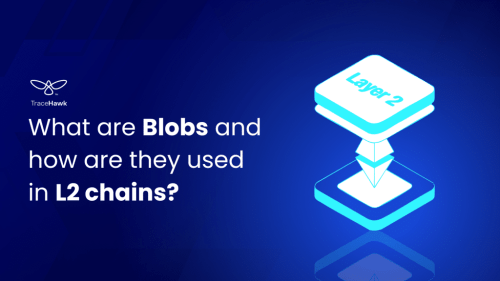
Ethereum, being the leading force in the Layer1 chain, is committed to bringing new upgrades, thereby boosting innovation across a diverse range of Layer2s based on it. EIP-4844 or Proto-Danksharding is one such improvement proposal plan that supports ‘blobs’ in transactions to offer additional data fields (blobspace) for storing compressed transaction data for a certain duration. The main goal of blobs is to reduce the transaction fee that L2s pay for posting data on Ethereum. However, EIP-4844 also helps eliminate decentralization and security challenges. Let’s find out, how. Also, we’ll see a walkthrough of ‘Blobs’ tracking process on Zeeve’s TraceHawk– the rollup-specific block explorer.

Lack of customization hampering UX on your L2? Launch a fully-customized explorer with Zeeve’s Traceye at fair cost. Request a quote!
Understanding blobs (EIP-4844) for Layer2s
EIP-4844– Blobs is a critical Ethereum upgrade that scales L2 chains and reduce the network fees through a unique concept of ‘blobs carrying transactions’. This means, a blobspace operates alongside standards transactions, which carries batched ‘short-lived’ transactions. This short-lived data refers to blobs (binary large object).
Here’s a complete Ethereum’s roadmap showing EOF client implementation to EIP-4844 mainnet launch.
Source: Ethereum
Note that, each transaction filling Ethereum blocks does not need to be running through blobs, but a blob can’t get included in a block in absence of blob-carrying transaction, because it makes way for it. A blob-carrying transaction has two fields that are missing from an Ethereum transaction, these are:
- a bid to define the cost a transaction submitter can pay to include their blob-carrying transaction in L1 block (max_fee_per_blob_gas).
- a curated list of references for the blobs that are include in the transaction (blob_versioned_hashes).
L2 rollup sequencer and all other chains have benefitted greatly from this advanced transaction and they have experienced a notable reduction in gas fee. Besides cost, EIP-4844 also offer better decentralization as it ensures that size and number of blobs for each block will be limited, upto 6.
In absence of proto-danksharing, Ethereum and all the Ethereum-aligned L2 networks could only operate through the blocks carrying standard (individual) transactions. That means, L2s had to post batches of transactions on L1 in form of L1 call data.
Therefore, the cost associated with this approach became very high for Layer2s.
For example, If we look at Rollup Economic Dashboard from Dune, the cost of submitting transaction batches has been reported at 7.55K ETH in October, 2023, which is reduced to 221.42 ETH as of October 2024. Such drastic reduction is possible due to blobs.
How Blobs are used in L2?
As discussed, L2 solutions are the key implementers of Blobs, especially L2/L3 rollup chains. In a rollup setup, transactions are bundled, processed off-chain, and submitted to L1 Ethereum. This approach already allows rollups to reduce network fees and achieve better scalability. Now with blobspace, L2 rollups can store even large amount of data, maintain better scalability, and reduce the gas cost by high margin. Essentially, Blobs acts as side-lane in Layer2 chains. The sequencers in these L2s consume ‘blobspace’ to publish a set of compressed transactions, i.e. Blobs using a dedicated blobspace. Here’s a graphical representation of how blobs works in Layer2s:
Now, let’s see a overview of how two L2 rollups can use blobs:
1. Optimistic Rollups– As we know, OP Stack rollups or Arbitrum Orbit L2/L3s use off-chain data processing and they submits final transaction data on Ethereum. With blobs, these L2 rollup can offer:
- Efficient Batch Storage: Instead of storing large amounts of transaction data through on Ethereum’s expensive calldata, blobs allow optimistic rollups to separately store batched data at notably lower cost.
- Lower Cost for fraud proof: Fraud proofs, which ensure the validity of transactions in optimistic rollups, become cheaper as the storage and retrieval of important data are optimized.
- Easy Dispute Resolution: The reduction in cost of data storage make it affordable for validators to contribute and raise challenge against fraudulent claims.
2. ZKRollups
Zero-Knowledge rollups built with ZK Stack, Polygon CDK or Starknet uses blobs along with to verify transactions fast and at lower lost, here’s how:
- Efficient Proof Storage: ZK Rollups operates by generating large amount of cryptographic proofs and state update information. Blobs enable cost-effective storage for these proofs without over burdening Ethereum’s calldata.
- Cheaper Proof Aggregation: The reduction in cost of proof submission allow ZK rollups to aggregate and process more transactions while maintaining the efficiency.
- Increased Transaction Throughput: The efficient proof aggregation and reduction in cost results in higher TPS for all the L2 chains on Ethereum.
Implementing ‘Blob’ in your L2? Enable blobscanner with Zeeve’s TraceHawk
Now that ‘blobs’ have become an integral part of L2 rollups, a lot of layer2 chains, and rollups, have implemented blobs for their chains. And, to track these blobs in transactions, L2s need a personalized block explorer. That’s where TraceHawk helps.
TraceHawk supports blobs tracking for both the Optimistic rollups and ZK rollups built with frameworks such as OP Stack, Arbitrum Orbit, Polygon CDK, ZK Stack, etc. Here’s a step-by-step overview:
- Login to TraceHawk. Connect your wallet if you want to interact with any network or continue without it. Navigate to the blockchain from the menu bar, and click; Transaction (Txn) batches.
- A new dashboard will open, displaying a list of Batch ID, storage in EIP-4844 blob, age, transaction count, and associated L2 blocks.
- Click Batch ID to dive deeper. It will show end-to-end details about the batch ID and its EIP-4844 blob details, such as versioned hash, timestamp, and L1 transaction hash.

4. Likewise, if you click on transactions- it will show all the transactions happening in the batch, along with details like Transaction hash, Type, Method, Block, address, ETH value, and fee.
5. Under Blocks, TraceHawk displays detailed block information like Block number, block size, info about miner, transaction count, and amount of gas used.
That’s just a standard example of TraceHawk’s blobscanner feature. Further, L2s can do endless customization for their block explorer, making it a perfect fit for your use case. Ready to discuss your requirements? Or else, get a demo first.


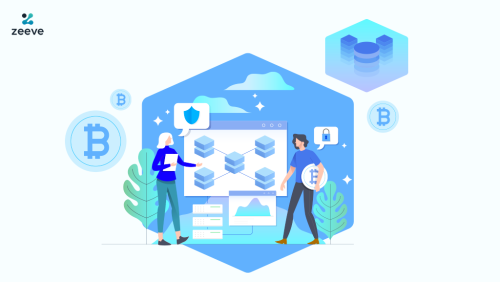
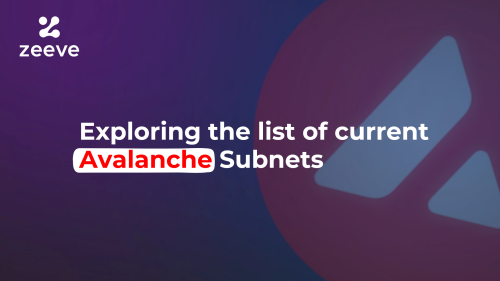
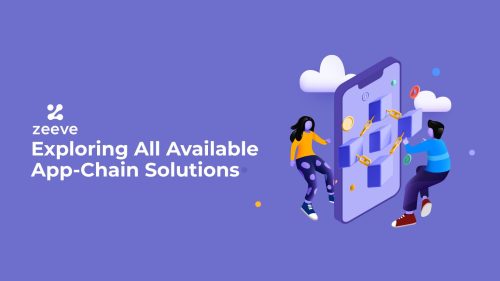

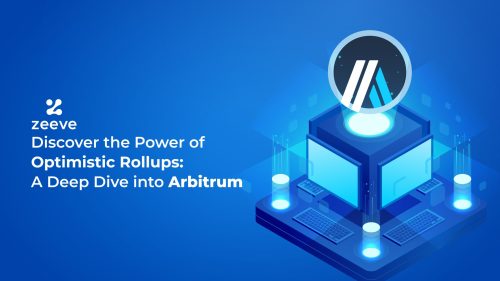
Responses